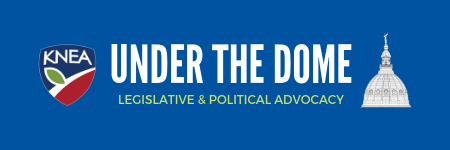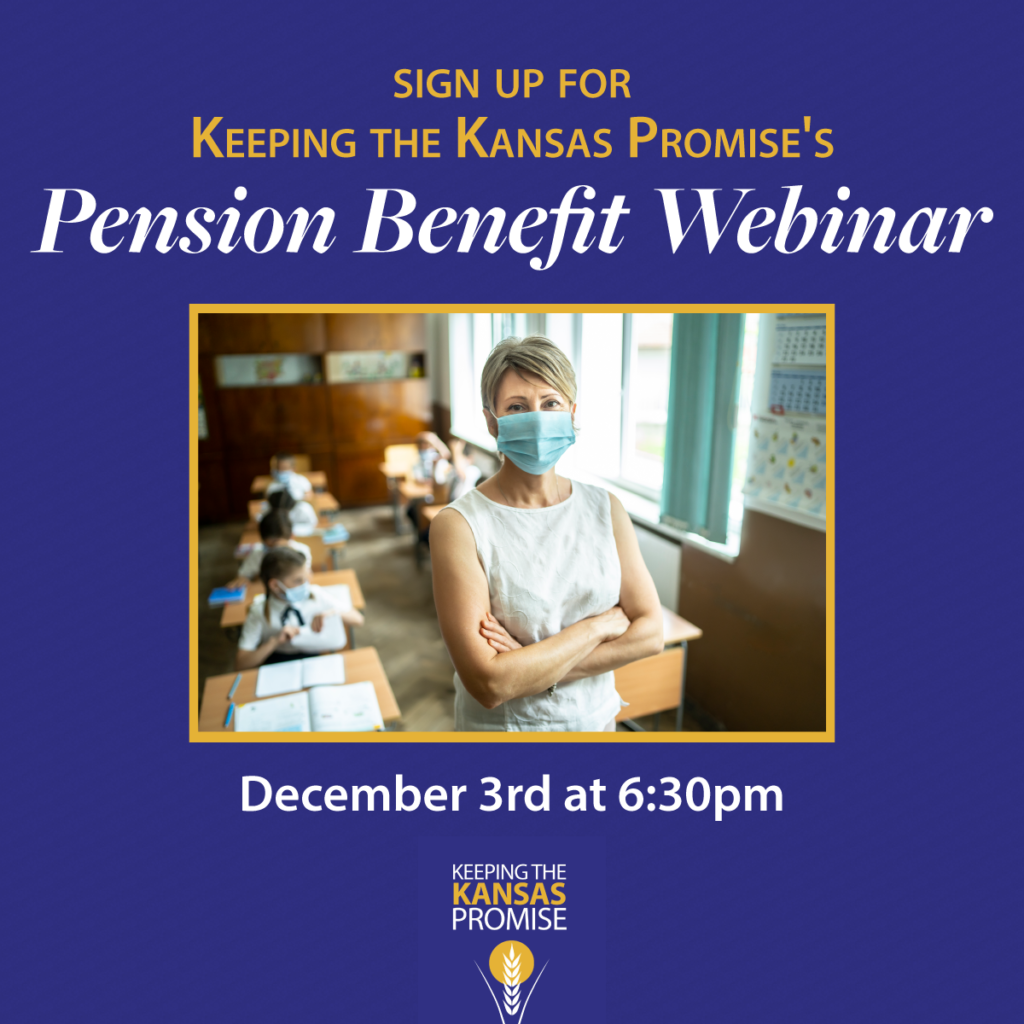Alan Conroy, executive director of the Kansas Public Employees Retirement System (KPERS), appeared on Wednesday before the interim Joint Committee on Pensions, Investments, and Benefits and provided alarming data on retirement trends for September and October of this year.
Overall, KPERS has seen an increase of 28.5% in applications for retirement in September and October of 2020 over the same two months in 2019. More alarming is the increase specifically in the school group. In 2019, there were 387 applications for retirement in the school group in September and October compared to 572 this year, representing an increase of 47.8%. In the non-school category, there was a 12.2% increase in 2020 over 2019.
According to Conroy, anecdotal information from new retirees indicates this may have been due to three factors:
- Early retirement incentives offered by employers,
- Reluctance to physically return to the workplace or to continue virtual employment during the pandemic, and
- Lack of actual work (and compensation) for certain school employees.
Conroy also reported the number of retirement applications for January 2021 as of November 23, 2020, is 28.9% higher than it was for the same date in 2019. This number is for both school and non-school employees.
September and October 2020 have also seen an increase of nearly 100% in applications for withdrawal – where a KPERS member applies to withdraw his or her funds from the system. There were 1,761 such payments in September and October of 2019 compared to 3,517 for the same two months in 2020. Conroy reported the increase appears to be related to financial challenges related to the COVID-19 pandemic and the results of an internal KPERS project notifying inactive non-vested members that their accounts are no longer eligible for interest credits.
What is not clear is whether this will become a trend or if it is a one-time event due to the pandemic. One wonders if what we see now is a surge in retirements by those who, for whatever reason, do not want to continue under the current conditions that may subside as the pandemic recedes. Will those people who are determined to work through this difficult period continue to work after it?
Conroy said it was difficult to assess the impact these increases will have on the overall health of the system. If people are retiring younger, that could have an impact on the actuarial cost to the system but other changes in demographics (covered payroll, payroll growth, number of inactive members) would also have an impact. It will be difficult to see how those two issues balance out until after the actuarial valuations of December 2020 and December 2021 are completed.



